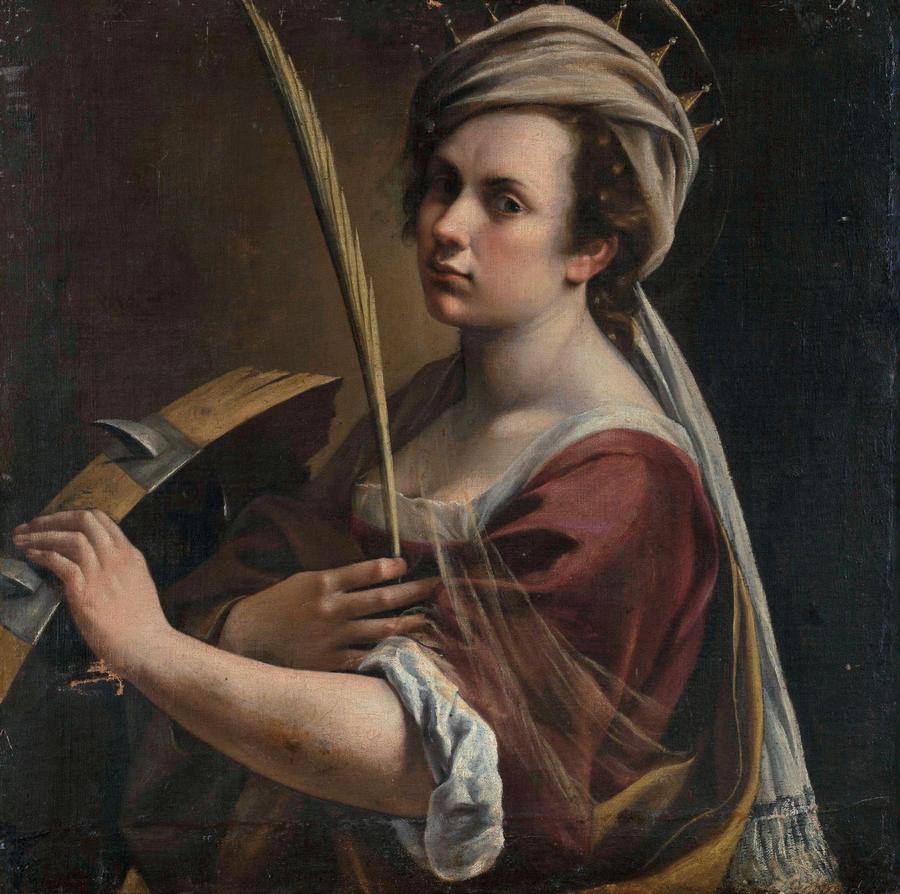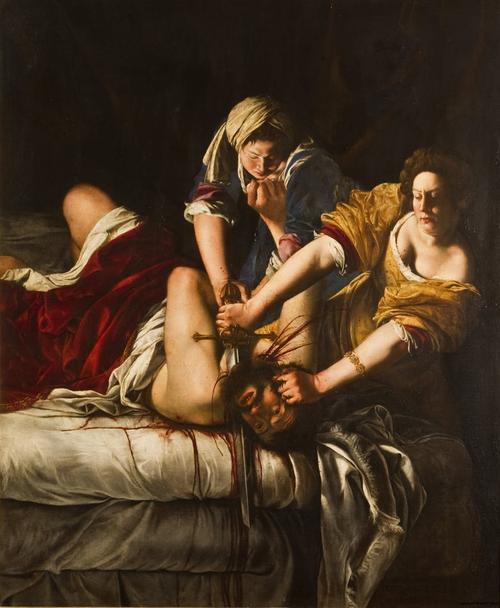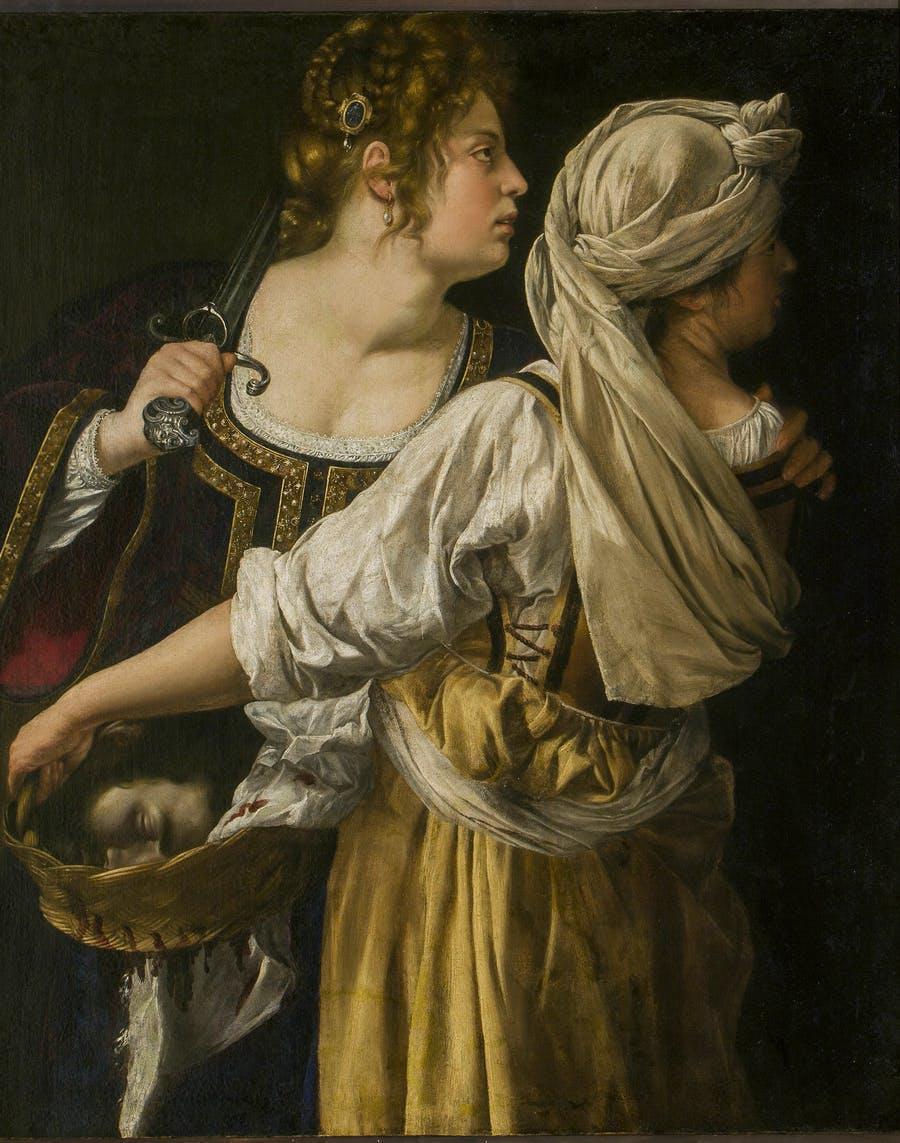From Turmoil to Triumph, Baroque Artist Artemisia Gentileschi's Life Story Inspires TV Series
- November 01, 2020 17:44

On the heels of a major monographic exhibition exploring the work of Artemisia Gentileschi (1593–1654) will be a new television series from ViacomCBS studios. The series will begin filming next year following the popular exhibition on the Baroque artist at London's National Gallery (on view through January 24, 2021; check museum website for current status and ticketing). The exhibition opened in October after an initial delay from coronavirus shutdowns.
The inspiration for the exhibition began with the National Gallery’s acquisition of Artemisia’s Self Portrait as Saint Catherine of Alexandria (about 1615–17), the first painting by the artist to enter a UK public collection. (The artist's work has since soared at auction, with a price record set by "Lucretia" at Artcurial in November 2019, coming in at €4.8 million / $6.1 million).

At a time when women artists were not easily accepted, Artemisia was exceptional. Her career spanned more than forty years and she gained fame and admiration across Europe, counting leading rulers among her patrons. She was the first woman to gain membership to the artists’ academy in Florence.
Although Artemisia was greatly admired during her lifetime, she was essentially rediscovered in the 20th century. Certain elements of her biography – particularly her rape as a young woman and the torture she endured during the trial that followed – have sometimes overshadowed discussions about her artistic achievements, but today she is recognized as one of the most gifted painters of the Italian Baroque period. Her art and life continue to inspire novels, films, documentaries, musical and theatrical productions.
Artemisia at the National Gallery presents a highly selective survey of the artist’s career, bringing together around thirty of her works from both public institutions and private collections around the world, along with letters and contemporary documents.
A late loan to the exhibition – the original transcript of the trial in which the artist Agostino Tassi is charged with raping Artemisia Gentileschi (1612), is on loan from the Archivio di Stato, Rome.
The transcript of the trial, written partly in Latin but with spoken responses noted verbatim in Italian, is displayed with its pages open at Monday 14 May 1612. Artemisia has been brought to face Tassi at the Tor di Nona prison in Rome. The officials, generally sympathetic to the Gentileschis’ cause, ask Artemisia if she is willing to confirm her earlier statement under ‘judicial torture’. This was an accepted means by which testimonies could be incontrovertibly established as ‘true’. Artemisia, understanding the necessity of this ordeal to validate her claims, agrees to comply: ‘Yes sir I am ready to confirm my testimony again under torture and wherever necessary.’

The torture chosen was the 'sibille', a system of cords looped around the fingers and tightened. As the prison guard administers the torture, Artemisia utters the famous words: ‘È vero è vero è vero’ (‘It is true, it is true, it is true, it is true.’)
Along with a number of her recently discovered personal letters (Archivio Storico Frescobaldi, Florence), which have been especially conserved for the show, the trial transcript offers visitors an opportunity to ‘hear’ Artemisia’s voice and enable us to appreciate her vulnerability, wit and resilience.
The exhibition is curated by Letizia Treves, the National Gallery James and Sarah Sassoon Curator of Later Italian, Spanish, and French 17th-century Paintings. She says: "Artemisia was a survivor. She overcame rape, torture, humiliation and prejudice to become one of the most successful artists of her time. I was bitterly disappointed when we had to postpone the exhibition but I’m enormously grateful to our lenders for enabling it to go ahead. It's been a long time coming, but Artemisia will finally get her moment in the spotlight and I can't wait to share her story and paintings with visitors."










5100x100_c.jpg)








